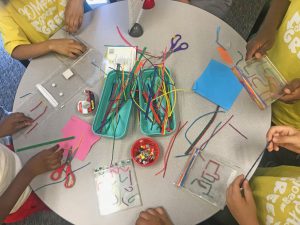
Lesley STEAM Learning Lab hosted just over 100 Lesley Summer Compass students this past week in our makerspace. True to their 2018 theme “Going Green,” campers engaged in a variety of design engineering challenges with a focus on upcycling materials, insects, plants, and alternative modes of transportation.
The kindergarten and first grade group learned about the effects of light pollution on fireflies and then designed their own version of these flashing bugs with recyclables, blinking LEDs, and 3V batteries. There is nothing better than watching the wonder of a 5 year old light up their first LED:
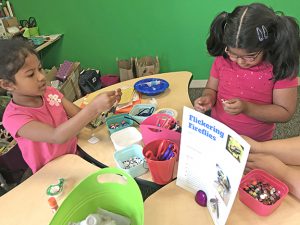
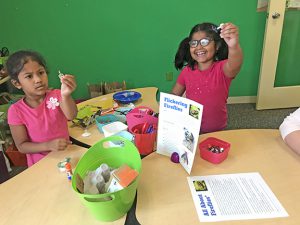
The first and second grade group didn’t skip a beat jumping right into a “Futuristic Fashion Show” challenge. Combining recyclables and Dollar Store LED string lights, the students designed their own future-forward fashion, from sabers, to hats, to eyewear, to full costumes, and had the opportunity to strut down the runway to peer applause. We also captured these creative ensembles with the iPad app GreenScreen by DoInk, where students chose their desired space background:
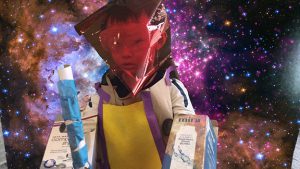
Second and third graders designed their own upcycled hanging terrariums for Tillandsia (air plants), considering the plant’s unique needs and choosing from natural elements such as rocks, moss, pinecones, bark, and sand. They also learned how to care for their new Tillandsia at home:
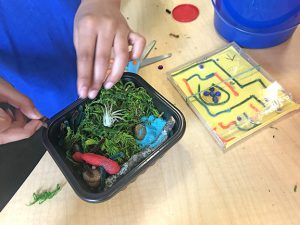
On our last day, the 5th graders used the preview version of Scratch 3.0 in conjunction with the Micro:bit Scratch extension to design their own interactive game controller. After choosing a miscellaneous object from our Dollar Store collection, they attached the Micro:bit to their chosen object with tape and programmed trigger actions in Scratch using the tilt, button, shake, and jump features:
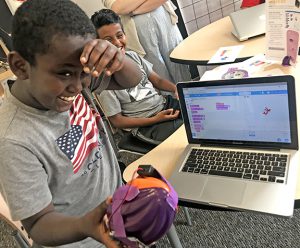
The week capped off with a bicycle helmet design challenge. Each pair of students had a variety of recyclable materials and fasteners to design a helmet with a strap that could be taken on and off their head (a jumbo egg). Each helmet’s safety level was measured by a 3 foot, and subsequent 6 foot drop, onto a well protected floor. About half of the designs were able to protect the egg heads from impact. “Rosie the Egg”, pictured below, was one of the casualties:
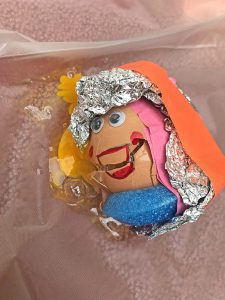
Rosie’s demise offered the perfect opportunity to redesign.